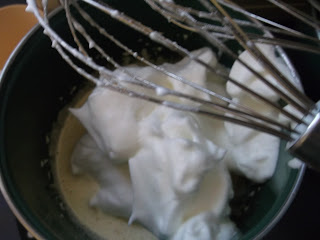 |
| Avocado Ice Cream |
 |
| California Avocado Pie next to some avocados |
This new world fruit was compared to pears and figs when the Spaniards and Portuguese, mesmerized, first tasted it. It is native to many countries, such as Mexico, Central American and South American countries, and it's name comes from the indigenous language, nahuatl. The oldest traces of the avocado plant have been found in Puebla, Mexico, but there are also historical accounts of them in other Latin American countries as early as 900 A.D.
The avocado is a power fruit/vegetable. It is packed with vitamins and minerals, such as Vitamin A, Vitamin C, Vitamin K, Potassium, and B vitamins.
The Avocado in Brazil
In 1809, the avocado plant was introduced to Rio de Janeiro, Brazil, the location of the 2016 Olympics (only 1232 more days left, as you can see on the official website: http://www.rio2016.org/en). Nowadays, this country is one of the largest producers of this delectable fruit.
In Brazil, the avocado is often whipped with a small amount of sugar and some milk into a delicious smoothie. It is also beaten with sugar to make "sweet avocado". Some recipes even add eggs or cheese, and condensed milk to turn it into ice cream. Other countries that make these sweet beverages in similar ways are the Philippines, India, Indonesia, Vietnam, and Morocco.
Recipe
from http://tudogostoso.uol.com.br/receita/18119-sorvete-de-abacate.html
 2 cups of mashed avocados
2 cups of mashed avocados1 can of condensed milk
2 tablespoons of lime juice
2 tablespoons of sugar
Beat ingredients together and place in a container in the freezer, until it hardens. Scoop it out! The condensed milk makes it easy to freeze.
References
http://poderdasfrutas.com/a-historia-do-abacate/
http://en.wikipedia.org/wiki/Avocado
http://www.avocadosource.com/WAC1/WAC1_p082.htm
http://www.olympic.org/rio-2016-summer-olympics







